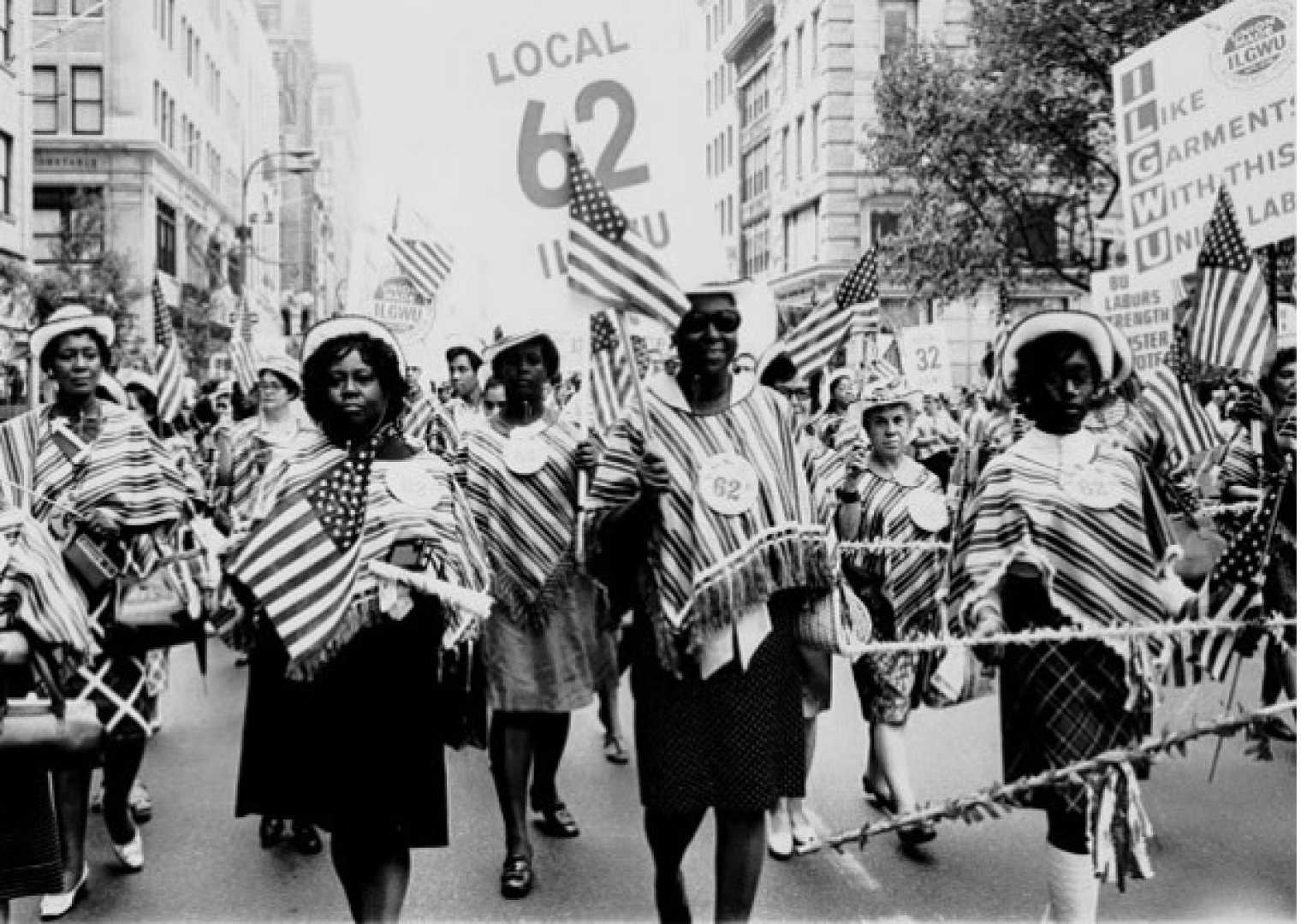News
Labor Day: The History and Significance of the September Holiday in the United States

The International Workers' Day, or Labor Day, is celebrated on May 1st in many parts of the world, commemorating the start of a workers’ strike in the United States in 1886. However, in the United States and Canada, Labor Day is observed on the first Monday of September. This holiday has evolved into a day when many families engage in celebrations, including parades, barbecues, baseball games, and visits to the beach, effectively marking the unofficial end of summer.
In the late 19th century, American workers endured long working hours, often exceeding twelve hours per day, with low wages and unsafe working conditions. In response, the president established Labor Day as a national holiday in 1882. The first celebration took place on September 5, 1882, in New York City, where over 10,000 workers marched from City Hall to Union Square, culminating in a concert and a picnic for families. Reports from the time noted the excitement surrounding the parade, with many spectators eager to witness the gathering of workers united in solidarity.
Initially, the date coincided with meetings of the Knights of Labor, the most progressive labor federation at the time. The date of Labor Day was changed several times between the first Monday and the first Saturday of September until Congress passed legislation in 1894 designating the first Monday of September as the national holiday. It is important to note that the Labor Day observance arose independently from the strikes that took place in Chicago in 1886, which laid the groundwork for the International Workers’ Day, celebrated on May 1st.
The official establishment of Labor Day occurred after the world had begun commemorating the ‘martyrs of Chicago,’ and some historians suggest that this was a way to diminish the mobilization efforts of the labor movement. A.J. Jacobs, a writer, pointed out that there is controversy regarding the intention behind the establishment of Labor Day, with some viewing it as a means to pacify the workers and redirect attention away from the more radical May 1st protests.
During the Industrial Revolution, workers fought for an eight-hour workday. The then-president Andrew Johnson enacted the eight-hour workday law in 1868, but it was not uniformly adopted by all states. As such, the labor movement continued its struggle for fair labor practices. Chicago emerged as a crucial center of industrial development in the United States, attracting numerous immigrants seeking employment.
The struggle for an eight-hour workday culminated on May 1, 1886, when a significant protest took place. In an attempt to quell the demonstration, the police opened fire, resulting in several deaths. Just two days later, self-identified ‘revolutionary socialists’ gathered for another rally at Haymarket Square, where a bomb was thrown into the police ranks, leading to chaos and a fierce retaliatory crackdown on the workers involved, many of whom were subsequently executed or severely punished. This event is remembered as a pivotal moment in labor history, leading to the commemoration of the executed workers as the ‘martyrs of Chicago,’ a legacy carried on in the observance of International Workers’ Day.












